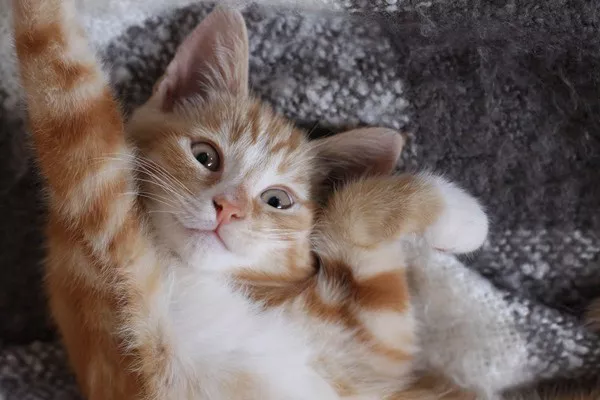Calico cats, with their vibrant and distinctive tricolor coats, are a popular and beloved feline breed. While many cat owners may wonder whether these beautiful creatures can venture outside, the reality is that indoor living is often the safest and healthiest choice for Calico cats. In this article, we will explore the reasons why Calico cats are better suited for an indoor lifestyle and the various factors that contribute to their well-being.
Unique Genetic Makeup of Calico Cats:
Calico cats are renowned for their unique tricolor coat patterns, a result of specific genetic traits. These genetic characteristics, however, may also make them more susceptible to certain health issues and environmental hazards that outdoor living can exacerbate.
Sun Sensitivity:
Calico cats often have light-colored fur, and the pigmentation in their skin may not provide adequate protection against the sun’s harmful UV rays. Prolonged exposure to sunlight can lead to sunburn and increase the risk of skin cancer in these feline companions.
Traffic Hazards:
Outdoor environments pose various risks to cats, and traffic hazards are among the most significant. Calico cats, like many other feline breeds, may lack the necessary street smarts to navigate busy roads, putting them at a higher risk of accidents and injury.
Predator Threats:
Calico cats, with their eye-catching coats, may attract the attention of predators such as birds of prey, dogs, or other larger animals. Outdoor spaces expose them to potential attacks, jeopardizing their safety and well-being.
Disease Transmission:
The outdoor environment increases the likelihood of exposure to various diseases, including feline leukemia and immunodeficiency virus (FIV). Calico cats, like other felines, can contract these illnesses from other cats they encounter outside, compromising their health.
Chemical Exposure:
Outdoor spaces often contain hazardous substances such as pesticides, fertilizers, and other toxic chemicals. Calico cats may inadvertently ingest or come into contact with these substances, leading to poisoning or long-term health issues.
Territorial Conflicts:
Calico cats can be territorial, and encounters with other cats in the neighborhood may result in conflicts. These disputes can lead to injuries, infections, and increased stress levels for the Calico cat.
Weather Extremes:
Calico cats may struggle to regulate their body temperature in extreme weather conditions. Harsh winters, scorching summers, or sudden weather changes can pose significant challenges for these cats, potentially leading to health issues.
Loss and Theft Risks:
The outdoor environment increases the likelihood of Calico cats wandering too far from home, increasing the risk of getting lost or stolen. Retrieving a lost cat can be challenging, and stolen cats may face an uncertain and potentially unsafe future.
Human-Induced Dangers:
Unfortunately, not all people appreciate or understand the needs of cats. Calico cats that roam outdoors may encounter hostile individuals, face intentional harm, or fall victim to accidents caused by human activities.
Conclusion:
In conclusion, while the allure of the great outdoors may be tempting, the safety and well-being of Calico cats are best preserved within the confines of a secure indoor environment. The unique genetic makeup of Calico cats, combined with the myriad dangers posed by the outdoor world, make it clear that these tricolor felines are better suited to a protected indoor lifestyle. By providing a stimulating and enriching indoor environment, cat owners can ensure that their Calico companions lead happy, healthy lives free from the risks associated with outdoor living.
Related Topics:
Why Are Male Calico Cats So Rare?
Calico Cats: Color Variations, Genetics, & Interesting Facts
How do Calico cats reproduce?

























